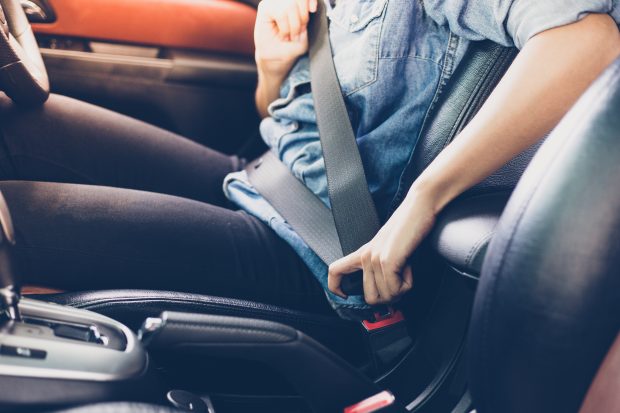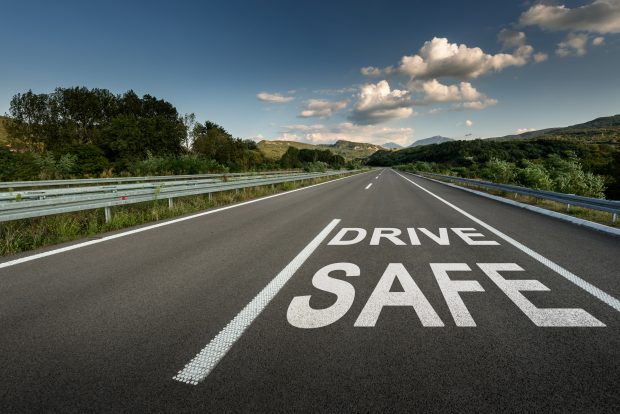Driving is a skill that has to be practiced and perfected, hence, the requirement of a driver’s license. However, the value and skill attached to driving doesn’t end with a license. When you’re on the road, there are other people on the road, too.

Safety on the road is the center of any driving school and is the leading movement on the world’s roads. Your decision to be safe on the road may not only benefit you, but the other drivers on the road as well.
There are a lot of things to be aware of when you’re driving. Your attention span may need to extend past its bounds and your precautionary senses may have to be on overdrive for a while. The following are some ways you may stay safe on the road and, in turn, make everyone else feel safer.
1. Pay Attention To Road Signs
When you’re going through driving school, part of the process is learning about road signs. Nonetheless, some people may still struggle with adhering to them. First, make sure you know what all the road signs mean. Passing through signs you’re unfamiliar with may affect your driving, and further hinder your safety.
If you’re following road signs, you’re in the right. This means given a situation where someone harms your car, you may avail of DWI Guy’s services or of any law firm with a good case on your hands.
Road signs also go hand in hand with road markings. Understanding road markings may help you know when to do certain actions. For example, you can’t overtake where there’s a solid line on the road.
2. Sleep Well
A good sleep may be best achieved when it entails three things: comfort, a sound mind, and the right number of hours. Comfort may be usually associated with a snug bed and warm environment. A sound mind may be associated with sobriety, peace, and minimal stress. Lastly, it may be rewarding to have seven or more hours of sleep before embarking on a day of driving.
Sleeping well may help you on the road by allowing you to be more awake and aware. A lack of sleep may cause drowsiness, and this could cause distortion when you drive. This may put you and other drivers on the road at risk of an accident. If you’re looking to drive, you may want to make sure you’re well-rested, particularly if you’re travelling long distances.
3. Be Sober
Drinking and driving is looked down upon in most places. However, people often forget that drinking before driving may be just as important. People often overestimate their limits, and the safer option may be to avoid drinking if you’re planning on driving.
It also may be more fulfilling to drive without a hangover. A fresh and sober mind may allow for good safety on the road. When your body is fully conscious and alert, you can avoid a hazy eyesight and achieve a much clear vision.
4. Obey Speed Limits
Obeying speed limits goes hand in hand with paying attention to road signs. Speeding has been the cause of a number of accidents and deaths in the past. This is why speed limits have been put in place. Over speeding may also be alarming to other drivers and leave them concerned for their safety.
Going at the right speed may make you feel safer and also prevent you from hitting animals on the road. Furthermore, when you over speed, you may lose control of the car, which may lead to an accident. Driving according to the speed limit may definitely be a way to be safer on the road
5. Avoid Using Your Phone
Phones may be very distracting when someone is driving. Whether it be answering phone calls, texting, or reading something, using your phone while driving may reduce your focus. Driving requires consistent alertness because there are other people on the road who may not be driving the same way you do.
Furthermore, someone on the other end of the phone may have some unfortunate or triggering news. This may also affect one’s alertness and allow them to be distracted.
Reduction of phone usage on road may be a great contribution towards road safety.
6. Wear Your Seatbelt
Seatbelts are placed in cars for the purpose of being worn. They’re supposed to contribute to the safety of drivers and passengers.
Be Safer On Roads
Drivers face some common issues. Some are out of their control, but many aren’t. Change on the roads may only get better if drivers are actively adhering to discovering ways to become better at driving. This may start with acknowledging that learning doesn’t end when you obtain a license. Instead, it’s a lifelong journey of re-learning and discovering.




